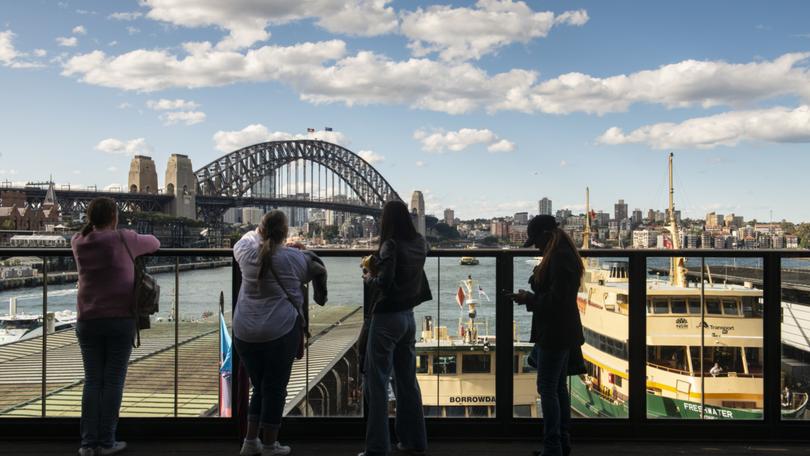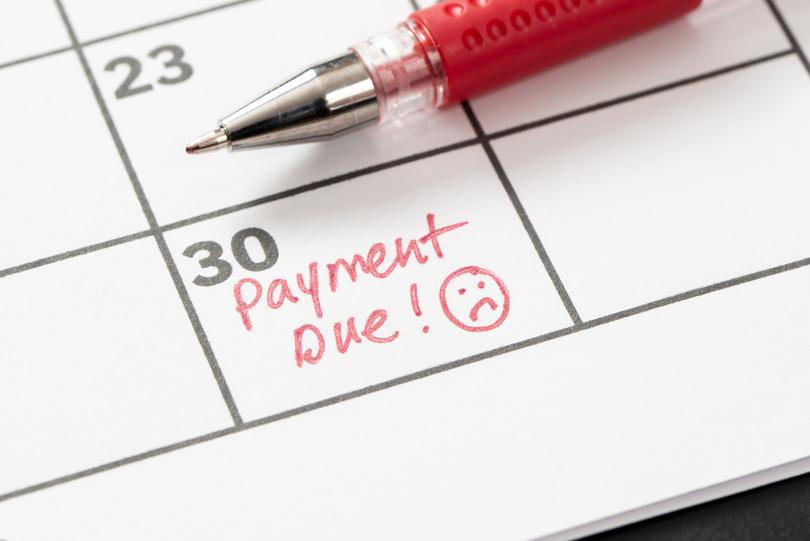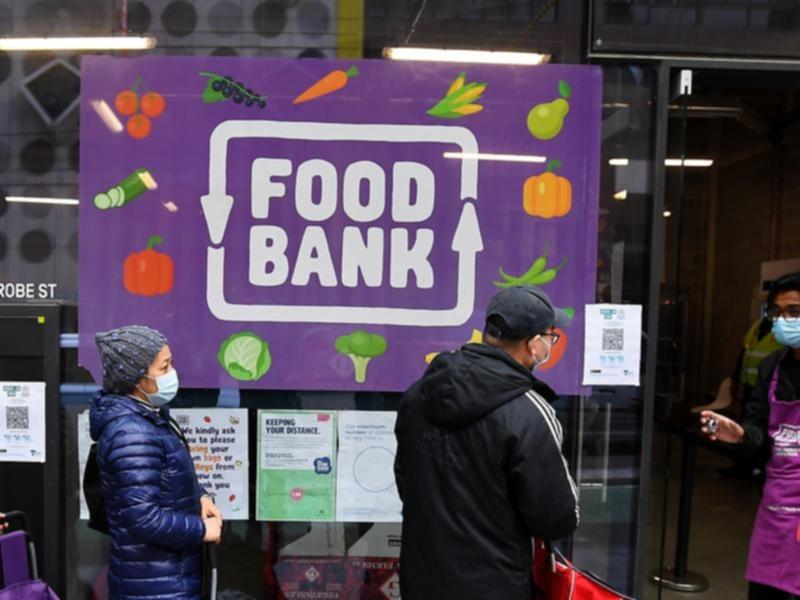Happy-Go-Lucky Australia Is Feeling Neither Happy, Nor Lucky

MELBOURNE, Australia — For nearly three decades, Australia seemed to have a sort of get-out-of-jail card that allowed it to glide through the dot-com bust and the global financial crisis without a recession, while its citizens mostly enjoyed high wages, affordable housing and golden prospects.
When a recession did arrive, in 2020, it was because of the COVID-19 pandemic.
But four years later, Australia has been unable to shake off some of the headwinds, including a high cost of living — the price of bread has risen 24 per cent since 2021 — a choppy labor market and rising inequality. While these and similar issues are also troubling nations like Britain and the United States, they are particularly stinging to many in Australia, which has long seen itself as the “lucky country.”
Sign up to The Nightly's newsletters.
Get the first look at the digital newspaper, curated daily stories and breaking headlines delivered to your inbox.
By continuing you agree to our Terms and Privacy Policy.Australia is among the wealthiest, most resource-rich and stable countries in the world. But millions of residents are experiencing levels of hardship not seen in many decades. They say they are struggling to put food on the table, pay for housing and health care and cover their utility bills. And many young Australians are confronting a reality that their ancestors never had to: that they will be worse off than their parents or grandparents.
Robyn Northam, 28, once dreamed of becoming a hairdresser. But rising rent and exorbitant childcare costs for her two children have put training out of reach. Just two generations ago, she said, her grandmother raised a family in her own home as a single parent, while working part-time as a nurse.
“If you’re an average Australian, that’s virtually impossible,” said Northam, a content creator in Cairns who, with her partner, pays 600 Australian dollars, or about $400, a week in rent. “It’s a totally different world now.”
Australians are paying more for almost everything. The pandemic ushered in soaring inflation, which is now at about 4 per cent. Rents in some Melbourne neighbourhoods are up almost 50 per cent year-over-year, and rental affordability is at its lowest in at least 17 years. Consumer sentiment has barely budged since tumbling in 2020.
Homeowners are also under pressure. Australian mortgages are generally fixed for a few years at a time, and as the central bank has tried to rein in prices by raising interest rates, rates have tripled to 6.7 per cent in recent years.
This strain has resulted in a spike in working families seeking support. Over 16 years, said Dave McNamara, the CEO of Foodbank Victoria, “through bushfires and pandemics, I have not seen anything on the scale that we’re currently experiencing of people from all walks of life needing food relief.”
“Things are a lot worse than they were prepandemic, and there’s little inspiration for us to be optimistic,” said Nikki Hutley, an independent economist in Sydney. “Everyone’s doing it really tough.”

Economists have long argued that too much Australian wealth is tied up in the housing market, even as shoddy policy, construction shortages and high immigration have brought an already low housing supply to a crunch point.
Polling by the think tank Per Capita last year found that fewer than 1 in 4 Australians who did not own a home expected to be able to do so. “That’s not necessarily the be-all and end-all if you’ve got a really stable rental system,” Hutley said, “but we have terrible laws in this country.”
Australian renters have fewer protections than in most other wealthy nations. Though laws vary between states, landlords have relatively few constraints on how much they can raise rent; renters face regular “inspections” of their homes; and the government offers large tax concessions for landlords.
A shortage of rentals has also sent rents skyrocketing in some neighbourhoods, pushing young people farther and farther out of cities. In Sydney, the exodus of young families, one recent report warned, risks creating a “city with no grandchildren.”
Talitha Vermeulen, 25, has been looking to move within that city with her partner for the past four months. Often, available properties are leased before viewings can even occur, she said. “It’s just been frustrating to not even get a chance to see the place.”
With its wealth, stability and natural resources, Australia has more advantages than most other nations — life expectancy rates and wages are still among the world’s highest, with wage growth outstripping inflation last year. The stock market is trading near record levels.
Yet it is not evident that it is living up to its ample potential, said Julianne Schultz, an academic and the author of “The Idea of Australia.” “The thing that I keep coming back to is: It could be so much better,” she said, adding: “It’s a sort of lack of ambition.”
Though Australians often proudly refer to “the lucky country,” the comment by the academic and writer Donald Horne was originally intended as one of reproach to the country’s leaders, whom he saw as incurious and unimaginative.
And despite the country’s plentiful bounty and its oft-stated love of egalitarian values, Australia’s wealth is increasingly unevenly distributed, as the nation joins the ranks of others confronting rising inequality and economic and generational strains.
Economic unhappiness has translated to the lowest levels of “life satisfaction” since records began 22 years ago, according to the Australian Unity Wellbeing Index.
The high cost of living, troubling global politics and rising inequality are all contributing factors, said Kate Lycett, the lead researcher. “It’s a huge number of people who are struggling to make ends meet,” she said.

On a recent Monday morning, people waited outside a food bank at a church in Richmond, a neighborhood of Melbourne. The food bank helps more than 100 households, and demand has increased sharply over the past six months, said Francis Flood, the coordinator.
“We’ve seen a lot of people who work but can’t make it through to the end of the month,” he said. “We’re definitely helping people who, if you saw them on the street, you wouldn’t think would be using a food bank.”
Even some who own their homes outright are struggling. Tracey Shepherd, 60, lives a short walk from the beach, in picture-perfect Surfers Paradise, Queensland. A former public servant, she has health issues that have made finding permanent work a struggle, and she is surviving on her retirement savings while she awaits a decision on a disability benefit.
With the high price of groceries and increases in maintenance fees on her apartment, life feels precarious, she said. “When I was younger, they’d say we’re the lucky country. It’s not like that now.”
This article originally appeared in The New York Times.
© 2024 The New York Times Company
Originally published on The New York Times
